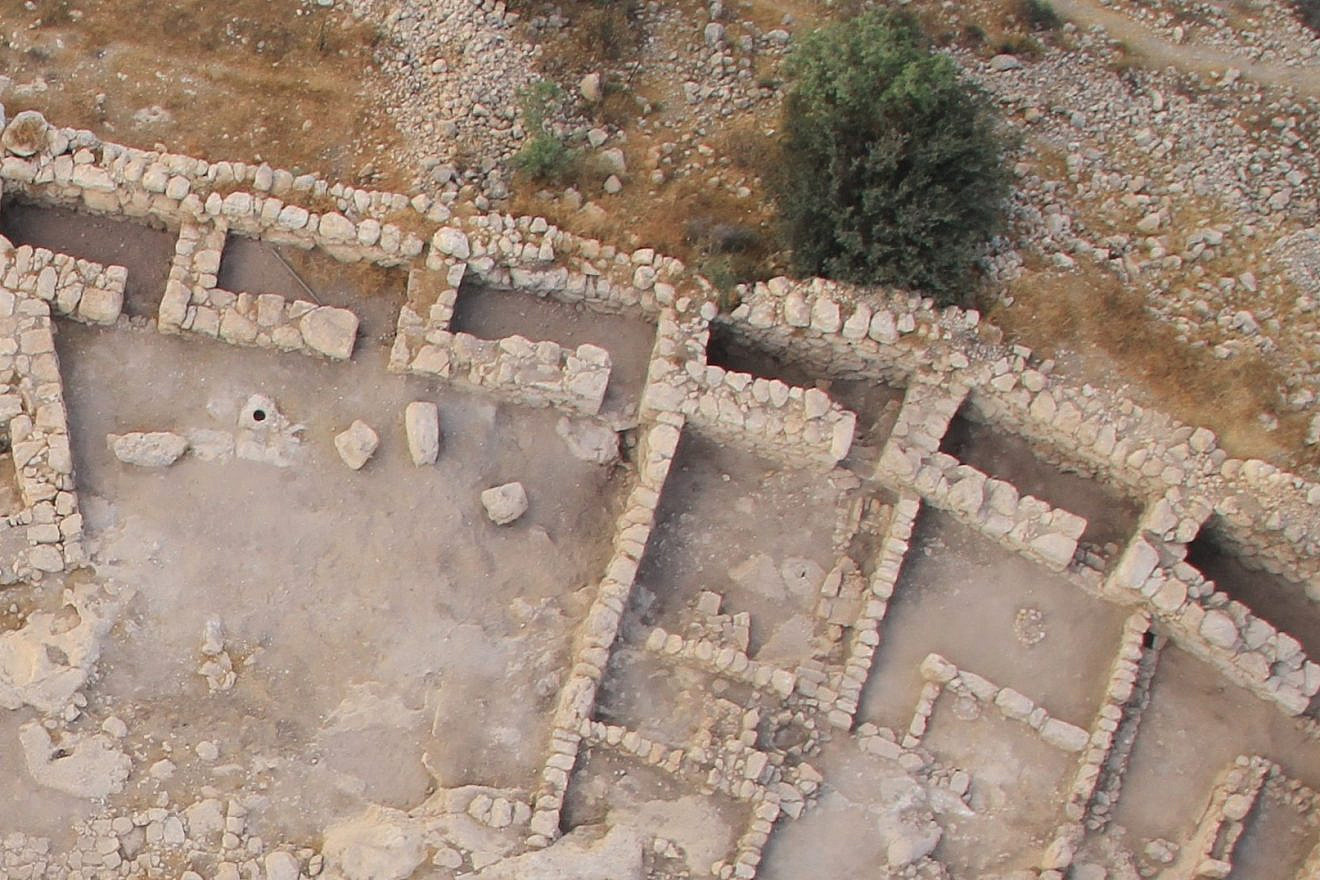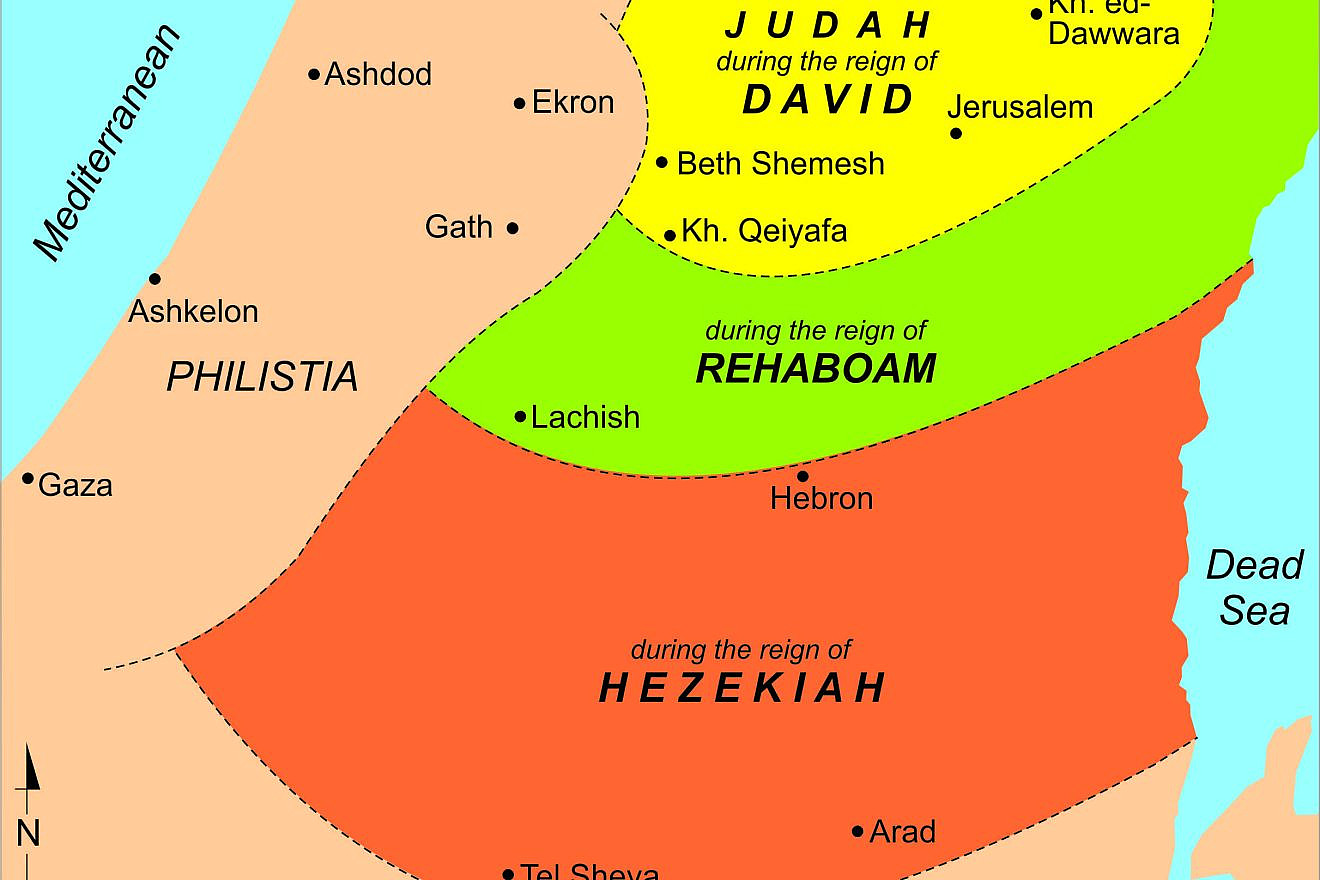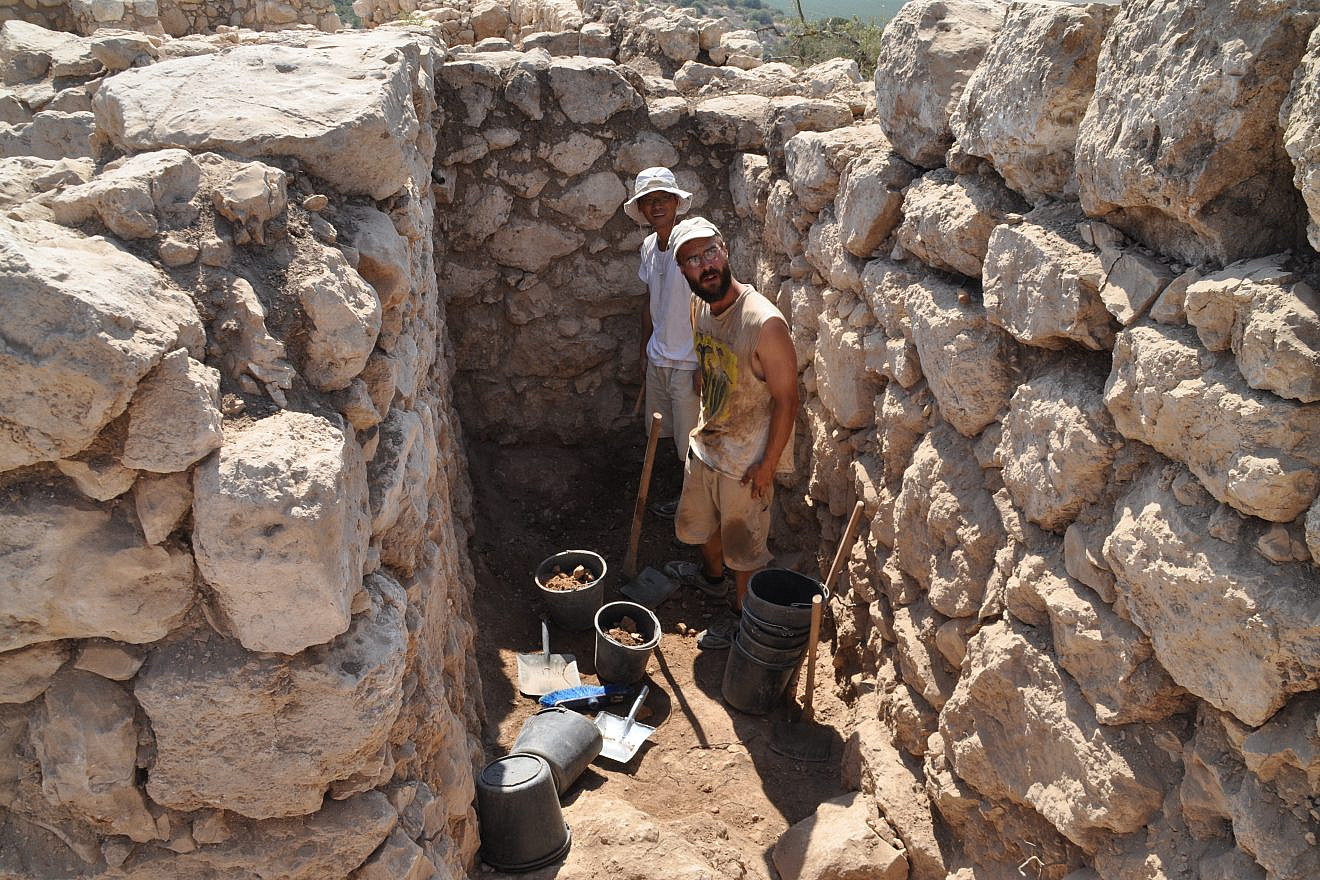According to a study by researchers at the Hebrew University of Jerusalem, the Kingdom of Judah expanded earlier than was previously believed by archaeologists, confirming biblical accounts.
The article, by Institute of Archaeology professor Yosef Garfinkel, appeared recently in the peer-reviewed institute publication Jerusalem Journal of Archaeology.
In the study, Garfinkel examines five sites in particular—Khirbet Qeiyafa, Beth Shemesh, Tell en-Naṣbeh, Khirbet ed-Dawwara and Lachish.

Garfinkel’s findings support the claim that the kingdom began expanding into the Shephelah region southwest of Jerusalem, a transitional area of rolling hills between the coastal plain to the west and the Judean Mountains to the east, as early as the 10th century BCE.
That contradicts previous beliefs that the expansion occurred in the late 9th or 8th century BCE, 200 to 300 years after the reign of King David.
Garfinkel explained, “The evidence was known before, it is not a matter of new discoveries. What was needed was someone to come along and observe the complete picture that these findings portray. I am glad that I was able to fulfill that role.”
The excavations that formed the basis of these conclusions were conducted by Saar Ganor from the Israel Antiquities Authority and Professor Michael Hazel from Southern Adventist University in Tennessee.
Radiometric dating confirms that Khirbet Qeiyafa and Beth Shemesh date from the first quarter of the 10th century BCE, which is when it is believed that David ruled from the Judean capital of Jerusalem as the third king of the United Kingdom of Israel.
In the Bible, the southern Shephelah expansion occurred during the time of David’s grandson and Solomon’s son and successor Rehoboam, who according to biblical accounts was the first monarch of the Kingdom of Judah after the split of the United Kingdom of Israel.

All of the cities studied were fortified with a casemate city wall, located on the kingdom’s border and on a main road leading into the kingdom, indicating that the Kingdom of Judah was strong at the time, with the ability to build well-fortified cities at its borders protecting the main roads leading into the capital, Jerusalem.
“The discovery of a barrier wall in this area effectively defines the boundaries of the urban core of the Kingdom of David, putting an end to the longstanding historical debate surrounding the existence of the kingdom and its borders,” said Garfinkel.
“This finding provides tangible evidence on the ground, dated to the relevant period, supporting the biblical accounts of King Rehoboam’s expansion and fortification as described in the Book of Chronicles. It is a rare instance where we can present empirical historical and archaeological evidence aligning with biblical narratives from the 10th century B.C.”


























